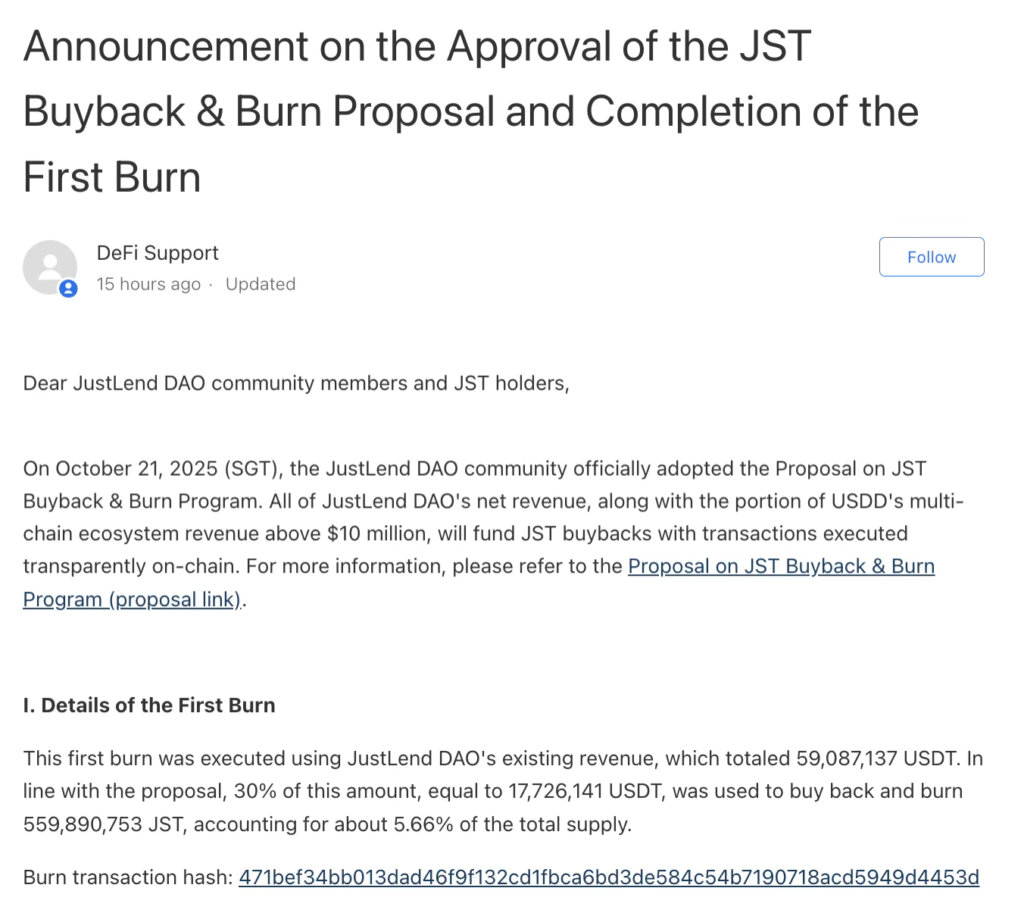Market Pulse
The global financial landscape is undergoing a profound transformation as central banks worldwide accelerate their initiatives in developing Central Bank Digital Currencies (CBDCs). As of late 2025, the focus has shifted significantly from mere exploration to the complex, yet critical, challenge of achieving seamless cross-border interoperability. This push for international digital currency frameworks promises to reshape global payments, remittances, and the very nature of monetary sovereignty, while simultaneously posing new questions for the decentralized crypto ecosystem.
The Global Push for Digital Sovereignty and Efficiency
Central banks are increasingly recognizing the strategic importance of CBDCs. Motivations vary, encompassing the modernization of payment systems, fostering financial inclusion, bolstering monetary policy effectiveness, and maintaining national sovereignty in an increasingly digital world. Projects in various stages—from pilot programs to active development—are underway across diverse economies, from the Eurozone’s digital euro preparations to advanced trials in nations like China and India. The consensus is clear: digital fiat is no longer a theoretical concept but an inevitable evolution of money.
- Payment System Modernization: Replacing aging infrastructure with instant, always-on digital rails.
- Financial Inclusion: Providing accessible and cost-effective financial services to the unbanked.
- Monetary Policy Tools: Enabling new mechanisms for economic stabilization and stimulus.
- Combating Illicit Finance: Offering enhanced traceability compared to physical cash.
Pioneering Cross-Border Interoperability: Trials and Challenges
While domestic CBDCs present their own complexities, the real frontier lies in facilitating efficient, secure, and low-cost cross-border transactions. Several multi-jurisdictional initiatives are gaining traction:
- Project mBridge: A collaborative effort involving the BIS Innovation Hub, the central banks of China, Hong Kong, Thailand, and the UAE, which has shown significant promise in real-world trials for wholesale CBDCs. Its goal is to create a multi-CBDC common platform to enable instant cross-border payments and foreign exchange transactions.
- G20 Roadmap for Cross-border Payments: Continues to emphasize enhancing efficiency, reducing costs, and increasing speed in international transactions, with CBDCs playing a pivotal role.
- Technical and Policy Hurdles: Achieving interoperability demands resolving diverse technological standards, legal frameworks, data privacy concerns, and geopolitical considerations. Consensus on a common operating model or standardized APIs is crucial for scaling these efforts.
Implications for the Broader Crypto Ecosystem
The rise of CBDCs presents a dual narrative for the decentralized crypto space. On one hand, governmental validation of digital currencies lends legitimacy to the broader asset class, accelerating the public’s comfort with digital money. On the other, centralized CBDCs introduce a formidable competitor to private stablecoins and even some utility tokens, particularly in the realm of payments and remittances. The market is watching closely to see if CBDCs will integrate with existing DeFi protocols, or if they will primarily operate within a distinct, regulated digital financial sphere. Innovation in privacy-enhancing technologies within decentralized finance could become even more critical in this new landscape.
Conclusion
October 2025 marks a period of intensified development in cross-border CBDCs, signaling a transformative shift in global finance. While the journey towards fully integrated and widely adopted international digital fiat is still nascent, the collaborative efforts and ongoing trials are laying critical groundwork. The implications for speed, cost, and access in global payments are immense, yet the balance between innovation, privacy, and centralized control remains a key debate for the years ahead. The interplay between state-backed digital currencies and the decentralized crypto world will define the next era of financial evolution.
Pros (Bullish Points)
- Increased efficiency and lower costs in cross-border payments and remittances.
- Potential for greater financial inclusion and access to digital services globally.
- Governmental validation of digital currency concepts, potentially boosting public acceptance.
Cons (Bearish Points)
- Centralized control and potential for government surveillance over transactions.
- Increased competition for decentralized stablecoins and traditional crypto in payments.
- Risk of fragmented global payment systems if interoperability standards aren't unified.
Frequently Asked Questions
What is a Central Bank Digital Currency (CBDC)?
A CBDC is a digital form of a country's fiat currency, issued and backed by its central bank. Unlike cryptocurrencies, it is centrally controlled and represents a direct liability of the central bank.
How do cross-border CBDCs differ from traditional international payments?
Cross-border CBDCs aim to facilitate faster, cheaper, and more transparent international transactions by eliminating intermediaries and leveraging distributed ledger technology, unlike the slower and more costly correspondent banking system.
Will CBDCs replace cryptocurrencies like Bitcoin and Ethereum?
While CBDCs will offer a centralized digital alternative to fiat, they are unlikely to fully replace decentralized cryptocurrencies. They serve different purposes: CBDCs as digital fiat for payments, and crypto as decentralized assets or network tokens, though they may compete in payment use cases.




